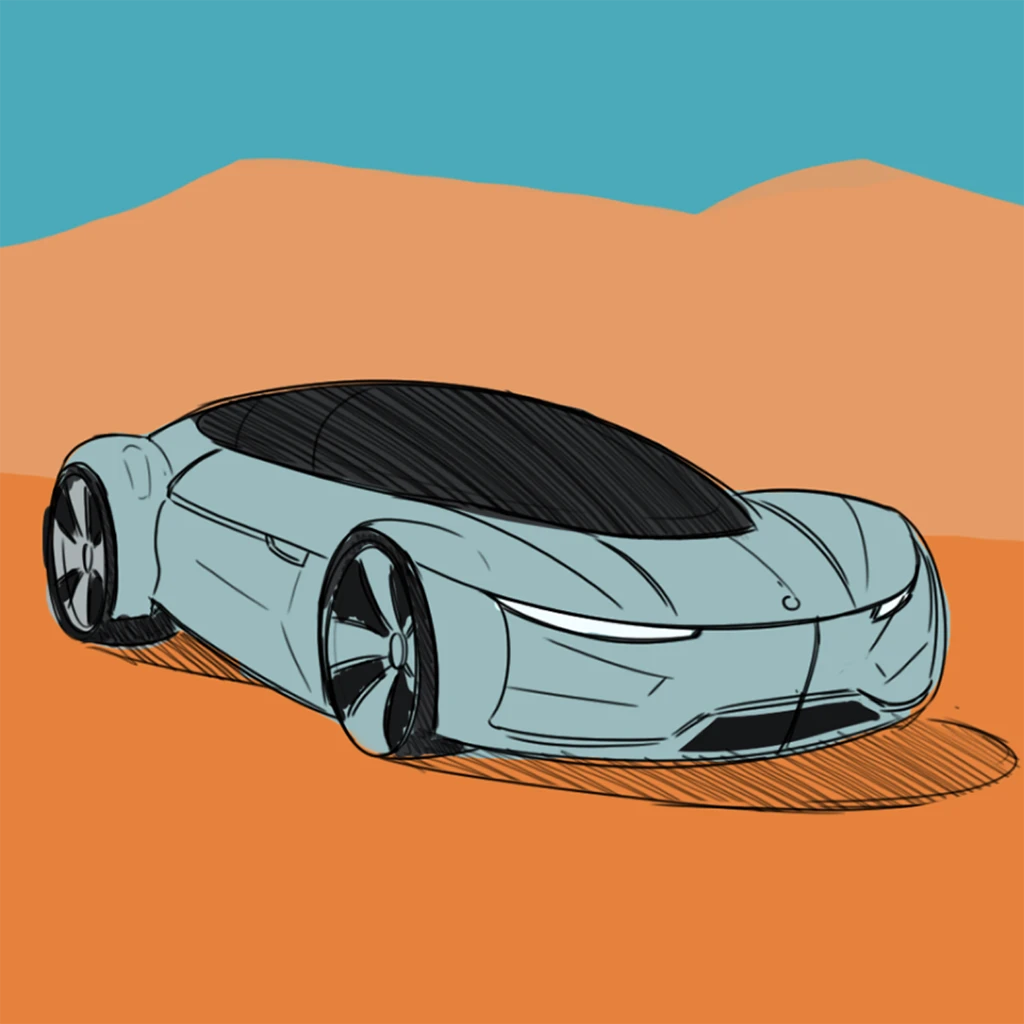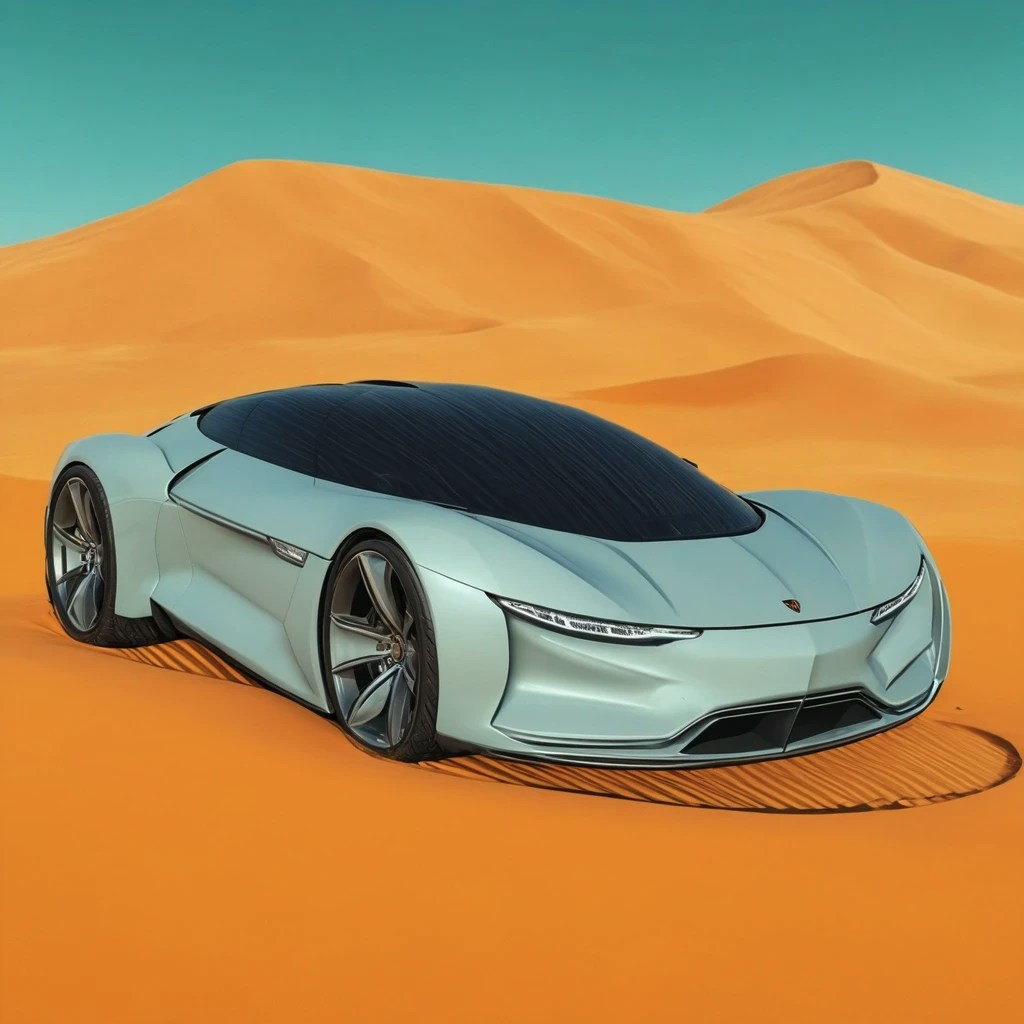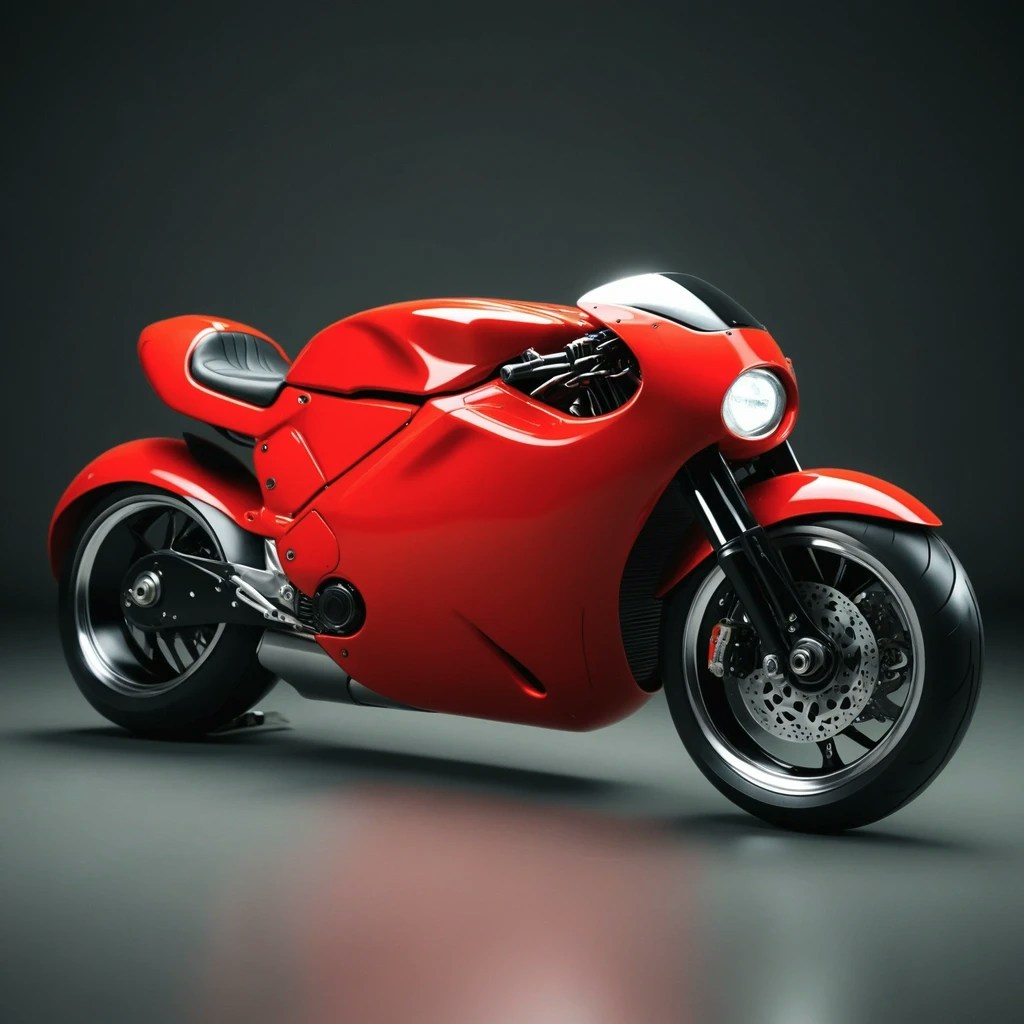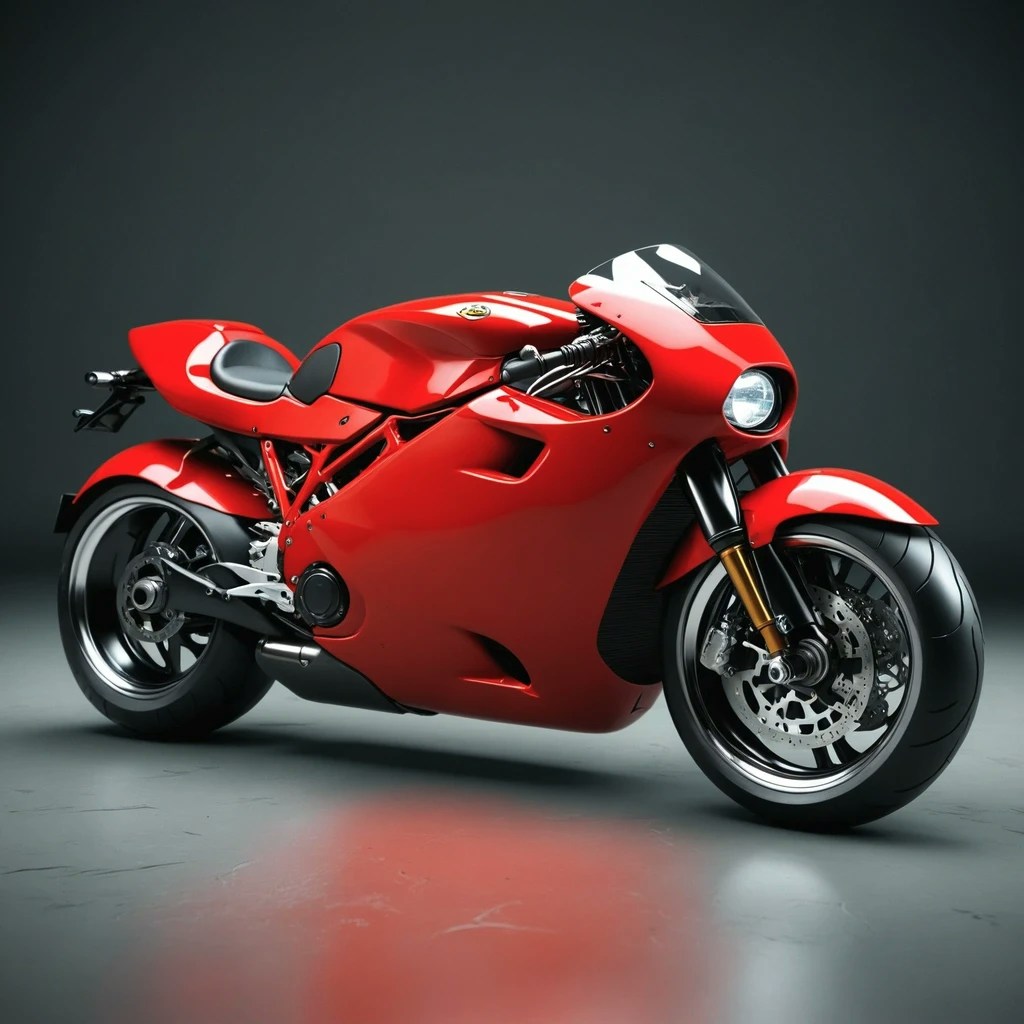- Details: This dictates how extensively your input is rendered.
- Freedom: This determines how closely the render adheres to your input’s intent.
As you become more familiar with Alpaca, learning how to manually adjust these settings will provide you with precise control over your renders. Now, let’s check what those settings do separately.
We are going to use the following sketch as our example:

a super car in the desert, ultra realistic.
Details
Details can be adjusted between 0 and 100. A value of 0 means no rendering will occur (which is usually not very useful, except in some specific use cases) while a value of 100 indicates maximum rendering. Now, let’s look at an example where we gradually increase the Details value, while keeping Freedom untouched.



Progressively increasing Details (click to zoom)
Freedom
Freedom also goes from 0 to 100. A value of 0 means the model should not be given any freedom when it comes to the composition, structure and colors of the render. A freedom of 100 means that the model should not get too concerned about what our initial sketch represents, and should instead treat it simply as a loose starting point. This time, let’s keep Details constant with a value of 100, and let’s see what varying Freedom does to our renders:



Progressively increasing Freedom (click to zoom)
- If you have a very rough sketch and you don’t want Alpaca to follow it too closely
- If you want to generate a few variations around an image you like
- Any other scenario where you want to give Alpaca a bit of creative freedom, this will give you more unexpected results, which can be great for ideation




